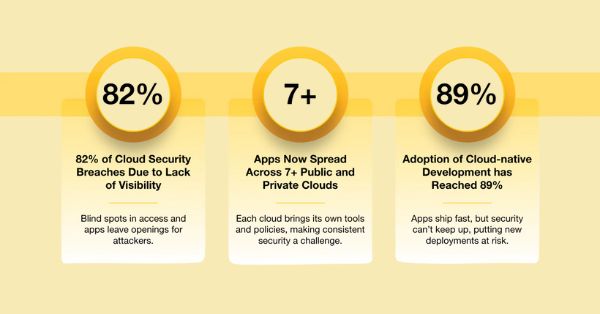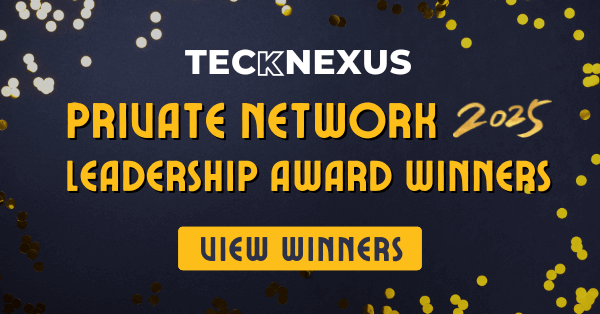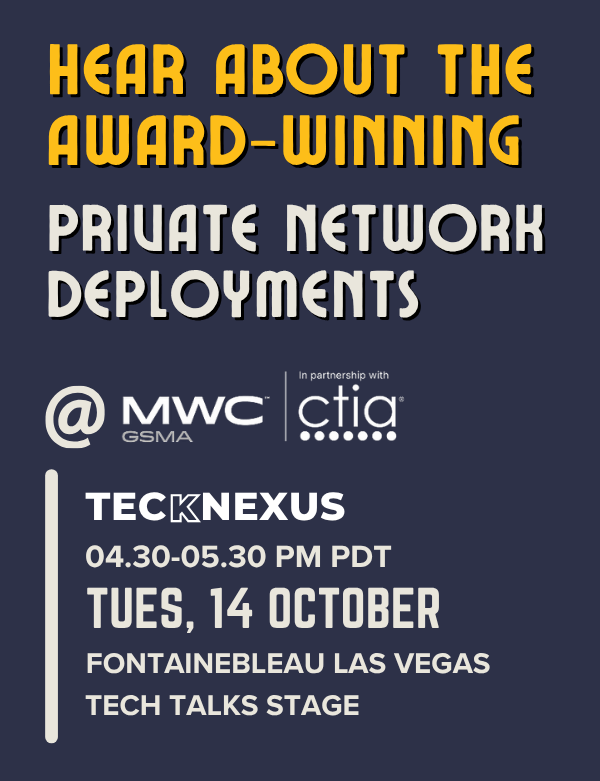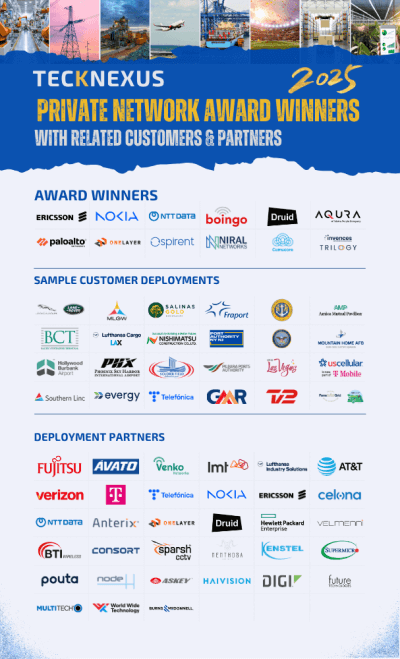- Tech News & Insight
- September 11, 2025
- Hema Kadia
The Small Cell Forum’s 2025 Market Forecast points to a market shifting from experimentation to scaled deployment, with enterprise demand and new business models driving a faster cadence. SCF forecasts cumulative small-cell shipments to reach 61 million units by 2030, supporting an installed base of roughly 54.4–54.5 million radio units and annual vendor/integrator revenues of about USD 4.23 billion. Indoor enterprise deployments continue to dominate, representing about 60% of rollouts in 2023–2024. SCF expects 5G SA small cells to grow at a 56% CAGR through 2030, with two-thirds of enterprise small cells co-located with edge compute by 2030.






























